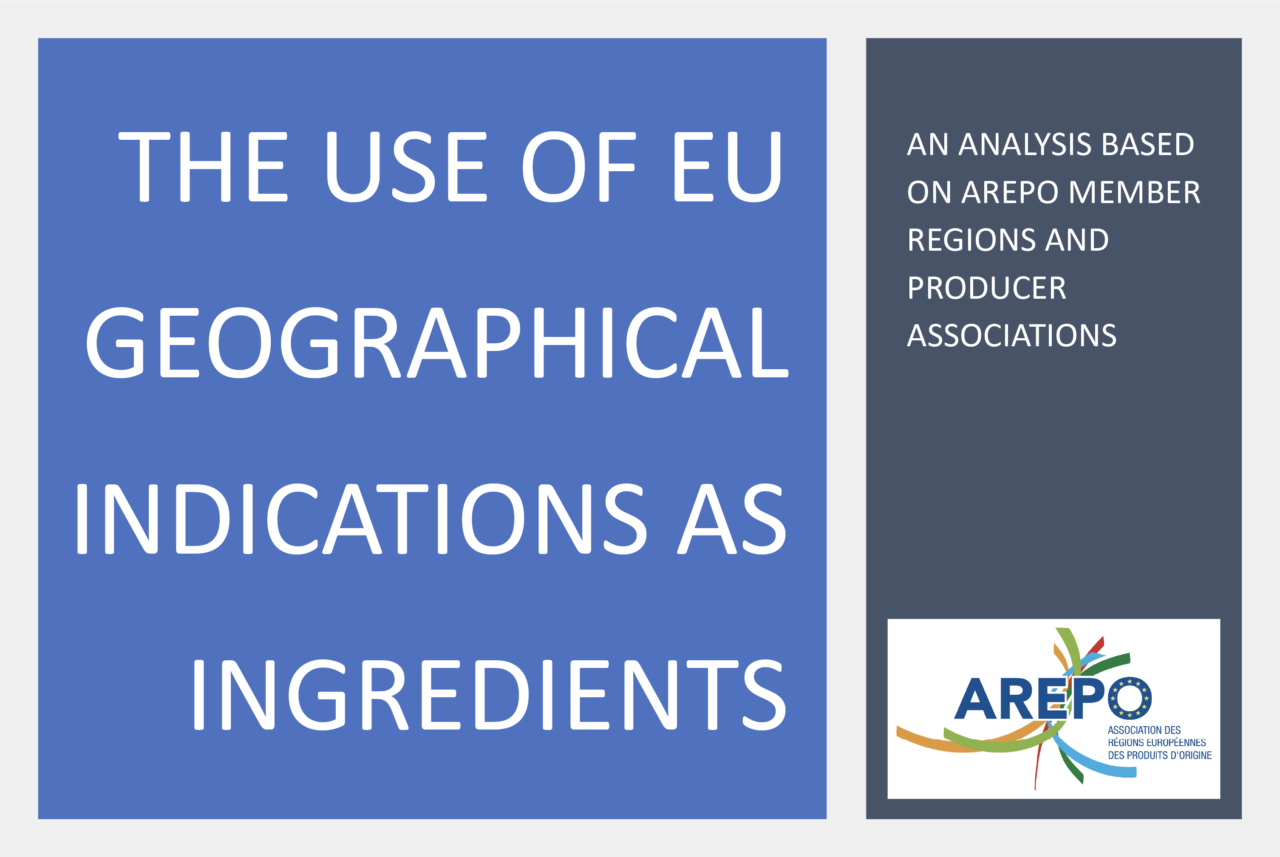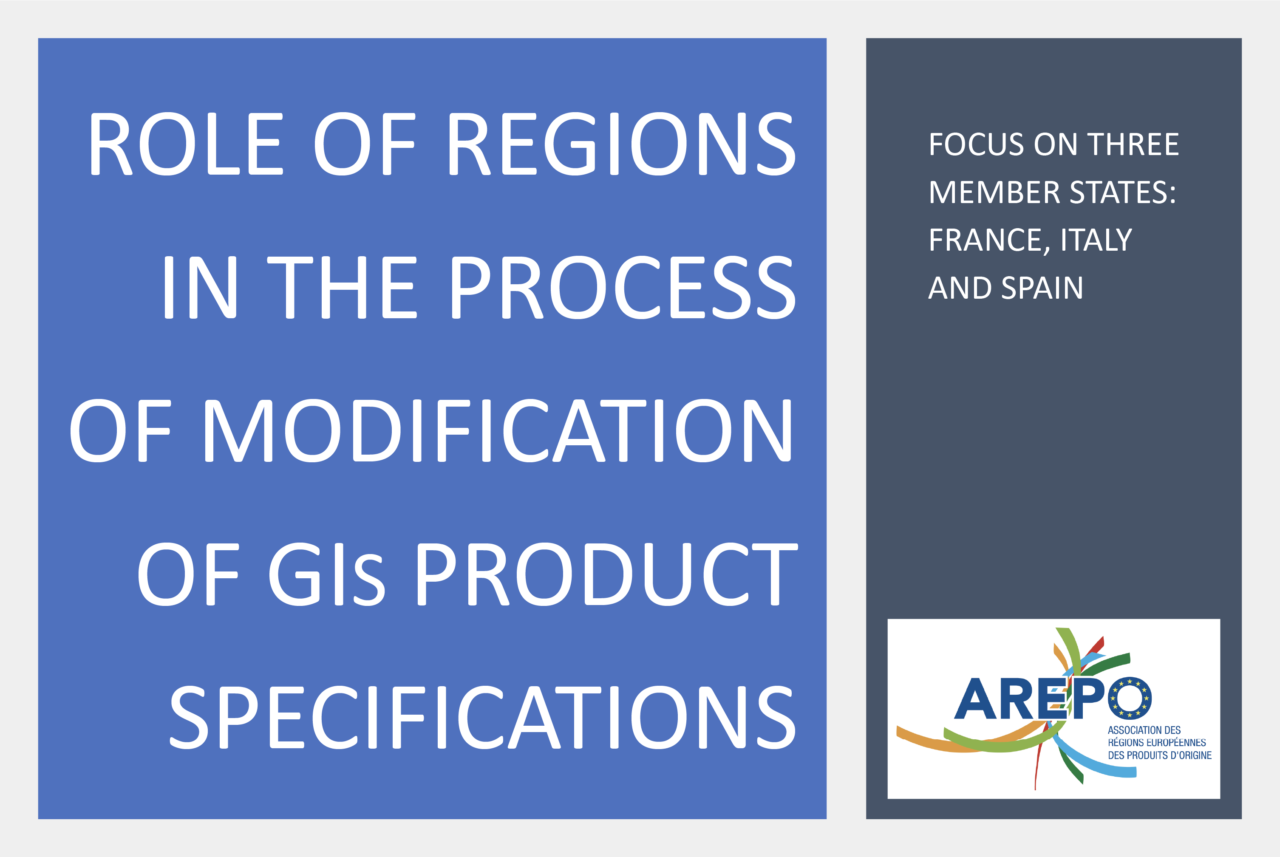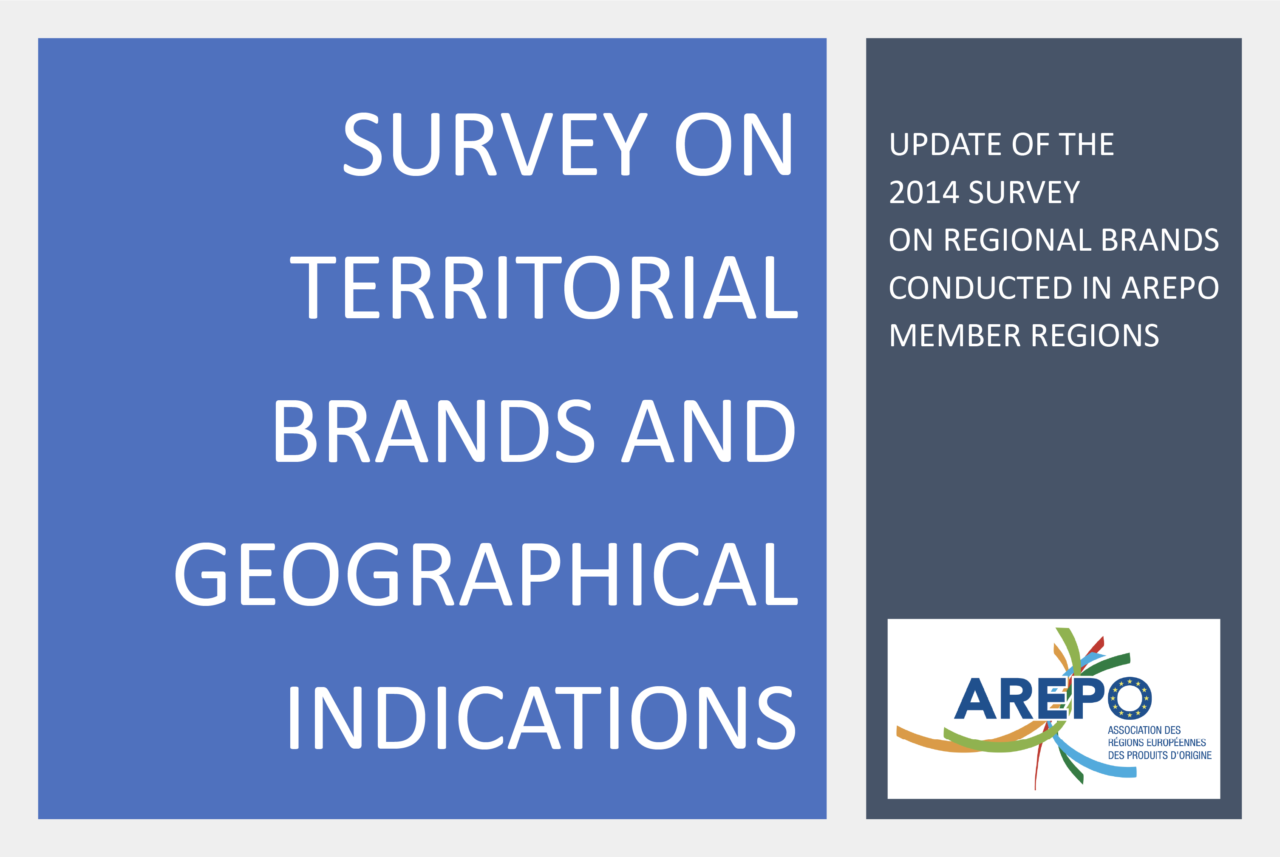

The Interreg Sudoe AGROSMARTglobal project has identified the need to strengthen the protection of agricultural and agri-food products with Geographical Indications (GIs) on the Internet. GIs play an important role in terms of exports for EU countries and are particularly affected by counterfeiting and cybersquatting because of their reputation and [...]
The Interreg Sudoe AGROSMARTglobal project has identified the need to strengthen the protection of agricultural and agri-food products with Geographical Indications (GIs) on the Internet.
GIs play an important role in terms of exports for EU countries and are particularly affected by counterfeiting and cybersquatting because of their reputation and attractiveness, which are attracting growing interest from third parties.
Thus, professionals who are legitimate holders of geographical indications must develop a comprehensive, prudent and exhaustive defence strategy, in order to take advantage of the undeniable benefits of an Internet presence, while minimising the risks of infringements, which are often complex to contain.
It is in this context that AREPO has decided to draw up a practical guide for GI producer groups and their members, aimed at providing them with deciphered and clarified information on the functioning of the Internet in terms of intellectual property law and to present the concrete steps to be taken to effectively protect their GI from infringement on the Internet.
The guide focuses more particularly on the procedures applicable to France, with highlights on the specific cases of Spain and Portugal. It is nevertheless relevant for all producer groups in the EU, given the similarities in the approaches and procedures of European countries in this area.
The guide can be downloaded below in English, French, Spanish and Portuguese.

This study stems from the request of AREPO member regions to analyse and assess the situation and needs of small and medium-sized Geographical Indications (GIs) and their producers at the EU level, with the aim to gain an in depth understanding of the context. Specifically, the study will investigate the [...]
This study stems from the request of AREPO member regions to analyse and assess the situation and needs of small and medium-sized Geographical Indications (GIs) and their producers at the EU level, with the aim to gain an in depth understanding of the context.
Specifically, the study will investigate the weaknesses and the difficulties that these GIs often face, identifying the main issues related to the sustainability of these productions and the eventual good practices developed, in order to elaborate policy recommendations.

Starting from an analysis of the existing legislation and case law at EU and national level (with a focus on Italy and France as the only EU Member States that have addressed the issue), this study aims to provide policy recommendations in order to improve EU [...]
Starting from an analysis of the existing legislation and case law at EU and national level (with a focus on Italy and France as the only EU Member States that have addressed the issue), this study aims to provide policy recommendations in order to improve EU legislation concerning labelling of foodstuffs using GIs as ingredients.

The presentation analyses how Regions support producers associations in the process of modification of GIs product specifications. In France, Italy and Spain, regional administrations represent a key-player in the process of definition of products specifications. Thanks to their competence in rural development policy, they actively support producers during the whole [...]
The presentation analyses how Regions support producers associations in the process of modification of GIs product specifications. In France, Italy and Spain, regional administrations represent a key-player in the process of definition of products specifications. Thanks to their competence in rural development policy, they actively support producers during the whole process of GI registration: from the preliminary impact assessment and the identification of product quality standards, to the presentation of amendment requests for registered GIs. The presentation will focus in particular on several practical examples, analysing how different regional practices try to address the balance between tradition and innovation, acting as a mediator among different categories of stakeholders during the modification process. Successful practices and recurring problems will be presented.

This survey is an update of a previous survey conducted in 2014 on regional brands in AREPO member regions (Regional Brands Survey). In this study, AREPO moved from regional brands to territorial brands. Indeed, several brands have as geographical framework an administrative or historical entity different from the region: departments in [...]
This survey is an update of a previous survey conducted in 2014 on regional brands in AREPO member regions (Regional Brands Survey). In this study, AREPO moved from regional brands to territorial brands. Indeed, several brands have as geographical framework an administrative or historical entity different from the region: departments in France, provinces in Spain, etc. There are even brands of “historic” territorial zones that do not represent any administrative territory. This allows our study to include more brands, and thus to properly understand the risks of infringement or potential legal problems.